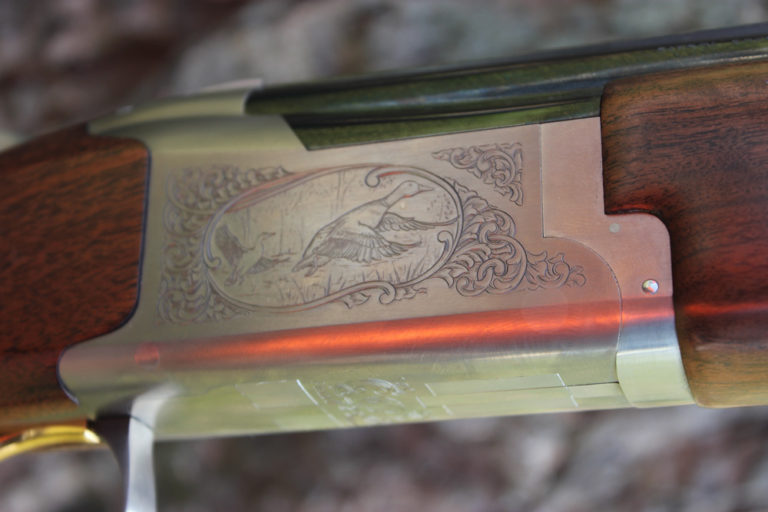
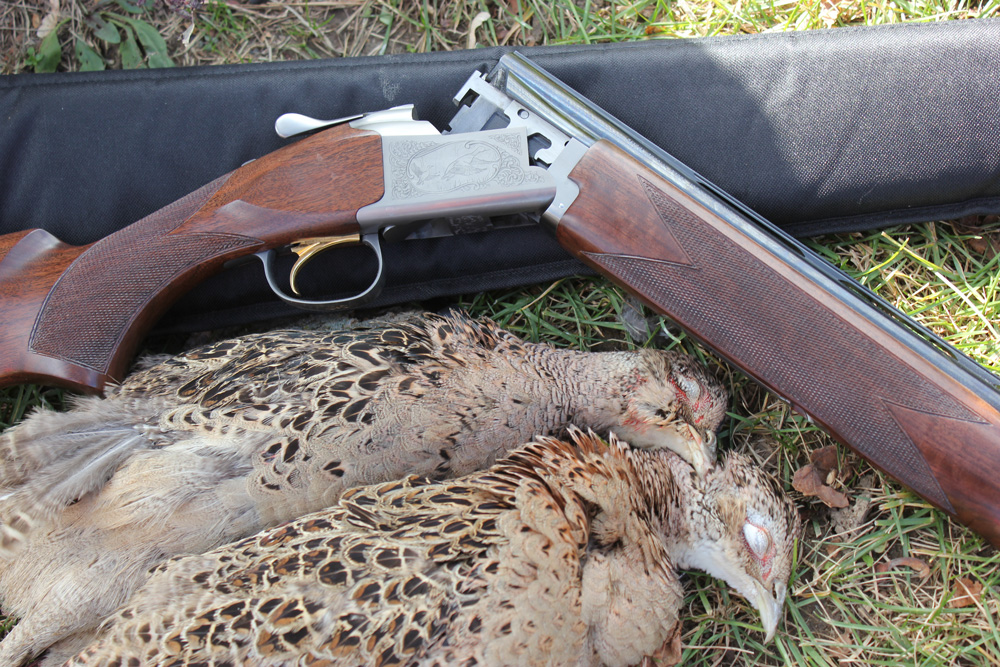
In this Browning Citori 725 review, Brad Fitzpatrick shows how America's favorite over/under shotgun gets a much-welcomed overhaul.
It’s not easy to improve on a classic, and any change to an iconic product is bound to bring with it some level of criticism.
There certainly have been changes in Browning’s line of over/unders during the past 82 years, but the overall appearance and function of the guns has remained largely unchanged.
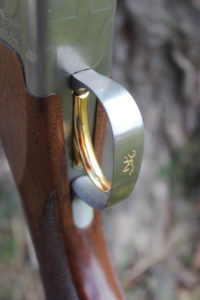
Sure, they’ve gone through a series of aesthetic and nomenclature changes—the Model 325 gave way to the 425, the 425 begat the 525, then the 625, and so forth. There were upgrades and tweaks along the way, both cosmetic and mechanical, but the formula remained much the same.
Then came the 725.
The 725 doesn’t represent a radical revolution in either form or function, and many shooters would have a hard time telling the current 725 apart from its varied predecessors.
Browning realized long ago that the Superposed/Citori line appealed to the purist, and it is unlikely we’ll see any dramatic changes or avant garde styling details on any new version of the company’s storied stack-barrel in the near future. But there are changes to this latest model, some of which are minor—and some of which are significant.
The most striking change can’t be seen while examining the smooth lines of the new 725. The most telling difference between it and all the Browning over/unders that came before lies within, specifically within the trigger assembly.
Browning has always relied on inertia triggers for its Citoris, which means the recoil energy generated by the first shot cocks the firing pin for the second barrel.
On the 725, the traditional inertia trigger has been replaced by a mechanical trigger, which does not rely on the first barrel firing to fire the second.
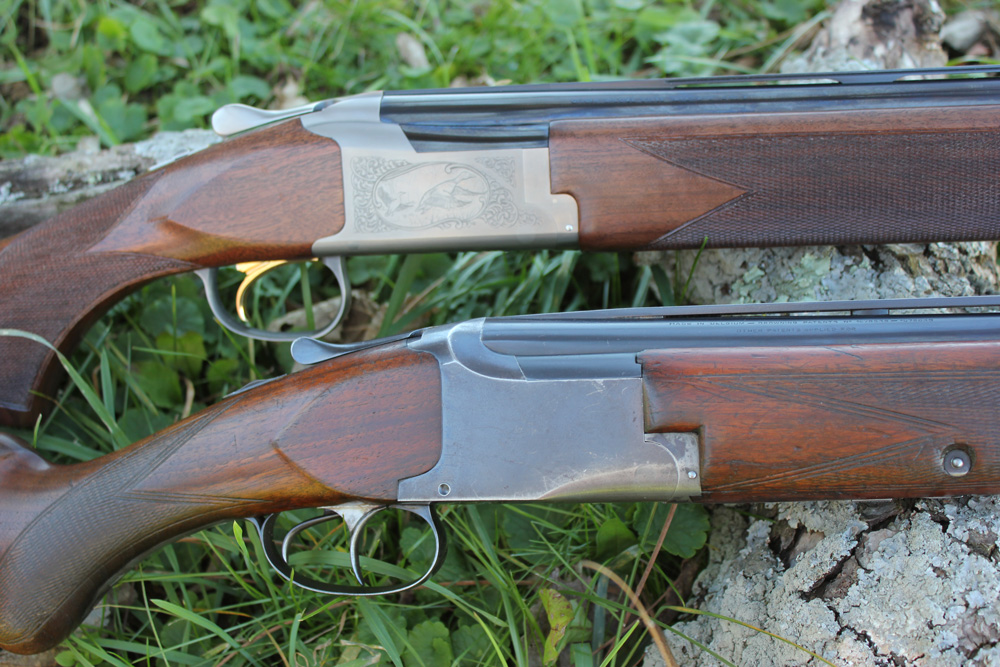
In addition, Browning incorporated its new FireLite trigger into the design of the 725. This is truly an evolutionary step forward for the Citori line. The quality of triggers in centerfire rifles has improved vastly over the last decade, but very few companies boast that they offer light, crisp, clean triggers in their shotguns.
The new FireLite system breaks at under four pounds, for both trigger pulls, without any creep, and the new Browning trigger is as good or better than anything short of high-end competition shotguns. It may go unnoticed by the casual shooter, but experienced shotgunners will appreciate the new trigger.
The other major alteration to the 725 has to do with the depth of the action. Since John Browning’s original Superposed version, Browning guns have had deep actions, due in part to large, full-length hinge pins.
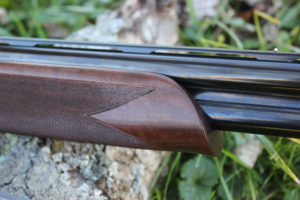
The design was robust and durable, but many shooters preferred the sleeker, thinner, Italian guns like those of Beretta and Fausti, with their low-profile boxlock actions.
The 725 was Browning’s first attempt to narrow the storied action, and even though the company shaved less than 3/16-inch from the vertical depth of the 725 by reducing the size of the hinge pin, it looks much sleeker.
The pistol grip contour has changed slightly, too, and is now canted rearward. The result is a gun that feels livelier and more connected to the shooter. The overall look of the gun is less paunchy than with previous models.
Other styling changes are far more subtle, but, to the Citori purist, these changes will immediately stand out. First, the action release lever on the top of the gun is radically different that the model that has been standard on Browning Citori guns since production began.
Citoris have traditionally had a more rounded knob on their top levers than other shotguns, but the new 725 has a longer knob that stretches farther along the tang and is vertically shorter than traditional lever knobs. It’s a minor detail, yes, but the Browning fans I shot with recognized it immediately.
Browning has never tried to make its Citori guns look gaudy or radical. You won’t find any faux-gold game birds on the action, and scrolling has been kept to an austere but classy minimum.
The new 725 Field bears traditional game scene engravings on each side of the receiver; a duck adorns the right side and a pheasant can be seen on the left. The engraving is very good quality. Likewise, the oil-finished grade II/III walnut stock is nicely figured, and the dark wood stands in sharp contrast to the silver nitride receiver.
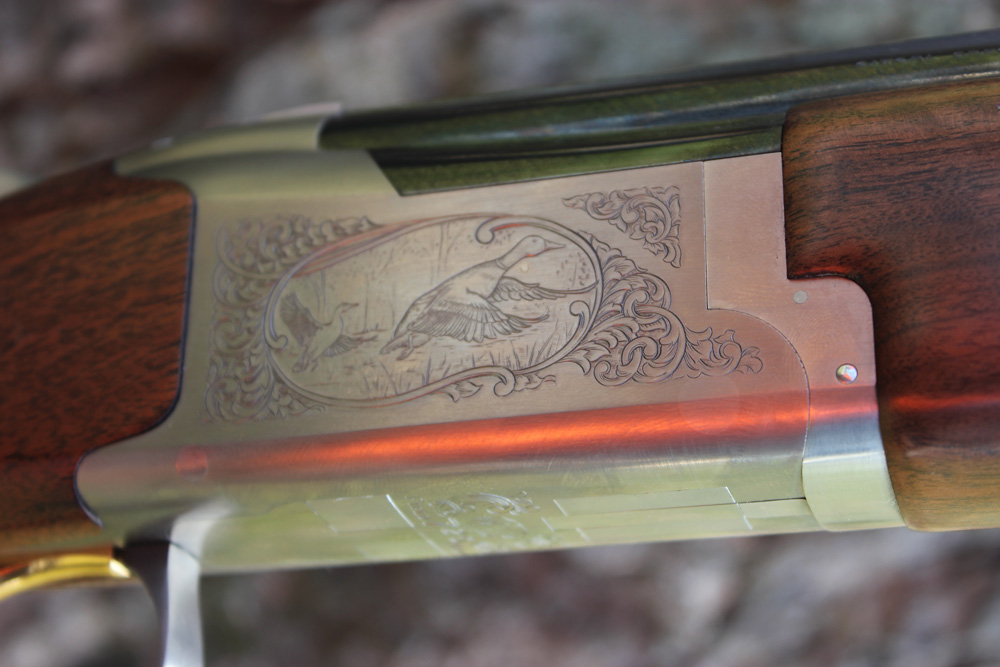
As it is with its predecessors, the 725’s receiver is steel and not aluminum. The overall weight of my test gun with 28-inch barrels was 71/3 pounds.
The fore-end appears to be a hybridization of the style found on the company’s classic Lightning, and the schnabel style preferred by the sport shooting crowd. Regardless, the hands falls naturally in place and the grip is secure.
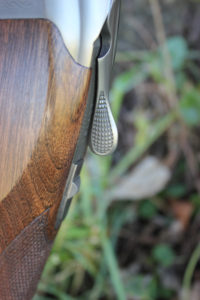
The Inflex recoil pad is the same version found on other Browning guns like the Maxus and does a fine job minimizing recoil.
When the 725 Citori that I was to test for this article arrived, I pieced it together and was immediately impressed by its sleek lines and obvious build quality.
The changes aren’t radical, but I will say that I believe that those in action contour were indeed needed and well executed on the new gun.
Even a 3/16-inch reduction in action depth brings the shooter’s hands noticeably closer to the center of the gun, and the overall feel and handling of the 725 is better than with previous models. It isn’t enough of a change to send purists into fits of rage, but it is effective and noticeable.
Browning guns are favorites in competitive skeet and sporting clays circles, and I believe the new 725 won’t miss a step in the competition world; though the version I tested was a field gun, the DNA is there for a quality competition gun.
The balance point is just ahead of the receiver, meaning the weight is evenly distributed between the hands.
The field gun wears white front and mid-beads and includes the company’s new Invector DS thin-walled choke tubes, which are designed to seal out gases and residue that gum up other tubes and make them difficult to remove after excessive shooting.
The 725 seemed to pattern consistently, which helps the shooter break more clays and drop more birds.
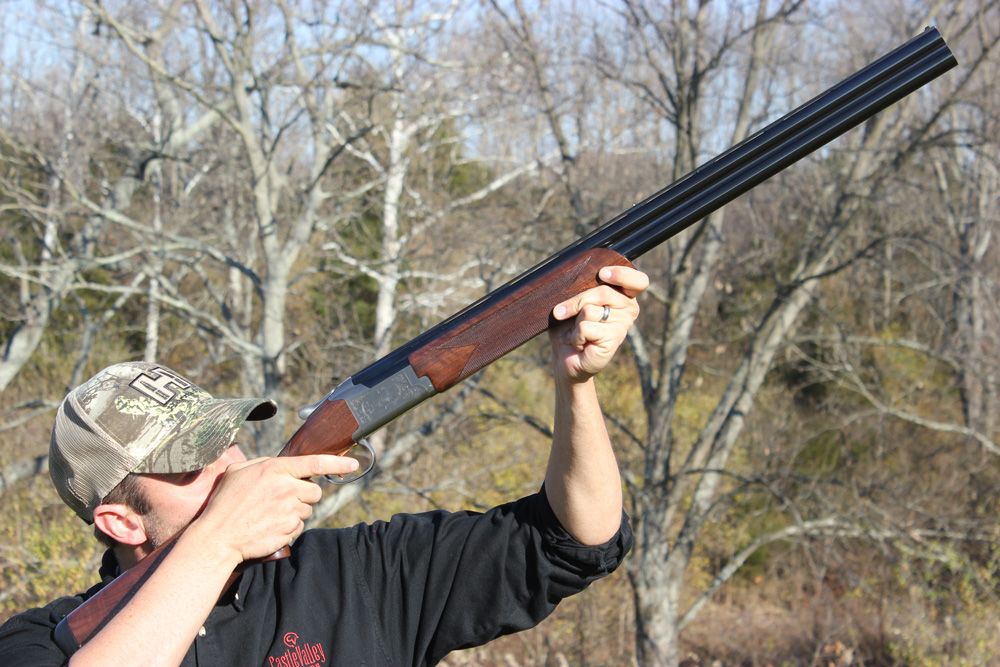
725. It isn’t cheap, but it is a well-built American shotgun that will last for many, many years.
Shooting the Browning Citori 725
I took the Model 725 afield and spent a day hunting ringnecks in Ohio, and it performed as expected. I’d shot several rounds of trap with the gun not long before and found the gun to be responsive, easy to shoulder, swing, and shoot.
There was no difference when I hunted pheasants and, when a bird rose up in front of me, I shouldered the 725, swung the large white bead ahead of the rooster’s beak, and pressed the trigger as I passed the bird.
The trigger broke cleanly, and the pheasant cupped its wings, falling just ahead of the English setter hot in pursuit. Over the course of the day, I had a couple of more chances at birds, and the 725 worked its magic each time.
It’s always dangerous to mess with a successful recipe, but Browning made the wise decision to address the issues that hunters and shooters carped about, with regards to their world-beating over/under. The result is an even better Citori, which is saying a lot, because the previous version wasn’t too shabby.
Specifications
Browning 725 Citori Over/Under Shotgun
Caliber/Gauge: 12-gauge
Barrel length: 28 inches
Weight: 7.3 pounds
Overall length: 45¾ inches
Finish: Silver nitride receiver; blued barrels
Stock: Grade II/III oil-finish walnut
Triggers: Mechanical, 3.8 pounds
MSRP: $2,469.99
Contact: Browning www.browning.com
This article is an excerpt from the Gun Digest 2014 annual book.

Next Step: Get your FREE Printable Target Pack
Enhance your shooting precision with our 62 MOA Targets, perfect for rifles and handguns. Crafted in collaboration with Storm Tactical for accuracy and versatility.
Subscribe to the Gun Digest email newsletter and get your downloadable target pack sent straight to your inbox. Stay updated with the latest firearms info in the industry.

![Best Concealed Carry Guns In 2025 [Field Tested] Wilson Combat EDC X9S 1](https://gundigest.com/wp-content/uploads/Wilson-Combat-EDC-X9S-1-324x160.jpg)


![Best 9mm Carbine: Affordable PCCs [Tested] Ruger Carbine Shooting](https://gundigest.com/wp-content/uploads/Ruger-Carbine-Shooting-100x70.jpg)
![Best AR-15: Top Options Available Today [Field Tested] Harrington and Richardson PSA XM177E2 feature](https://gundigest.com/wp-content/uploads/Harrington-and-Richardson-PSA-XM177E2-feature-100x70.jpg)

No mention was made of the new shape of the trigger guard, which now does not have a small extension on the rear. The new shape provides more clearance for the fingers and makes it less likely the recoil will cause the back of the trigger guard to hit the shooter’s fingers. For older shooters, this is a blessing. The price on these guns is still a sticking point, since one could buy a lot of Remington 870s for what one pays for one 725.
just bought a 725 s3 sporting.black2021. I’ve seen comments regarding cracks in the stock? know anything about this?